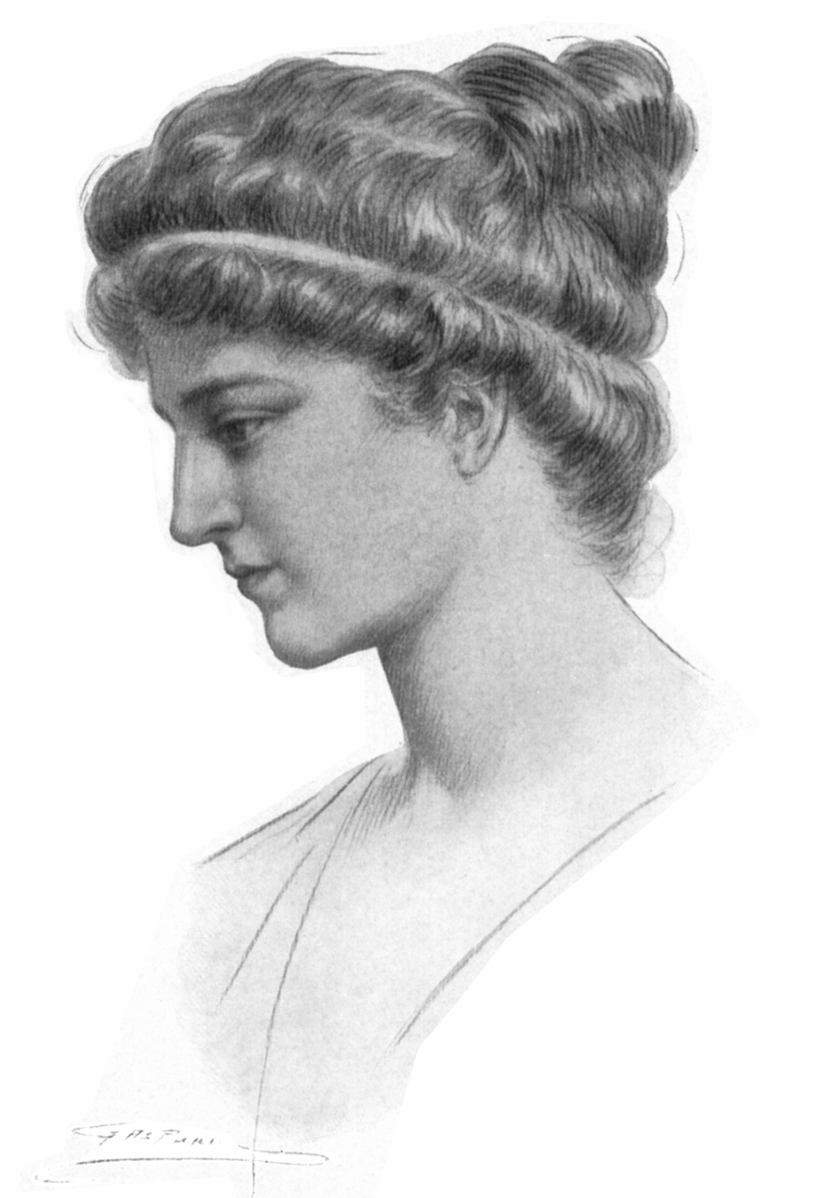I recently
viewed a magic card trick on YouTube demonstrated by MLT magic tricks. As with many
card tricks, the technique is based on math. The trick is good because it doesn’t
require “setting” the deck ahead of time. Also, the trick only requires minimal
card manipulation and so it is a good trick for beginning magicians to master.
Rather than describing
the set-up and execution of the trick, I recommend readers to the MLT YouTube video. Near the end of the video, he mentions that he knows the trick is based
in math; however, he admits he doesn’t know the exact math behind the trick. Watch
the video and return here to learn the math basis of the trick. Knowing the
math doesn’t help in executing the trick but does allow one to variations of
the trick.
Here's an
abbreviated description of the trick execution:
Shuffle the deck
(standard 52-card deck)
Allow the spectator to shuffle the deck
Split the deck into two equal piles of 26 cards each
Have the spectator choose one of the two piles
Have the spectator split the chosen pile into two smaller of stacks of any size
Have the spectator put aside one of the smaller stacks (we’ll call it the count
stack)
The magician picks up the non-chosen pile and spreads out the 26 cards face
down
The spectator picks one card from the fanned-out cards
The spectator places the card back on the pile
The magician shuffles the cards (with one minor manipulation
The shuffled pile is placed on top of the small pile of cards (the small pile
not set aside)
The magician shuffles the combined pile
The spectator is asked how many cards are in the count stack
The magician counts off that number of cards and reveals the spectator’s card
Here is the math
behind the trick:
The deck of
cards has the standard 52 cards. When the deck is split, each of the two piles has
26 cards. The spectator choices one of the two piles and splits that pile into
two smaller stacks of any size. The size of the stack set aside (we called it
the count stack). The number of cards in the count stack will be designated c.
Therefore, the number of cards in the stack not set aside, is 26-c.
When the
spectator returns the chosen card to the magician, the manipulation forces the
card to bottom of the 26-card pile. The magician places this pile on top of the
remaining stack. The spectator’s card is in 26th card from the top.
The final
shuffle has the magician pulling the top and bottom cards of the combined stack
in pairs (see video for visual description). The result of this final shuffle
moves the spectator’s chosen card from the 26th position to a
position closer to the top by the same number of cards in the remaining stack.
Earlier we determined this number to be 26-c. So what is the new position of
the spectator’s card. We’ll call this position p. Initially, it was at 26. After
the final shuffle it moves up 26-c places, so final position is:
p = 26-(26-c) =c
The position of
the spectator’s card in the final deck configuration is the same number of
cards in the count pile (c).
This blog has other posts related to math-based magic tricks:
Check out MLT Magic's Amazon page at: MLT Magic Trick's Amazon Page






